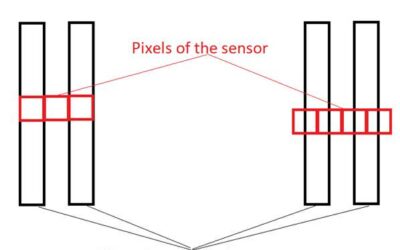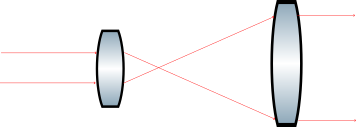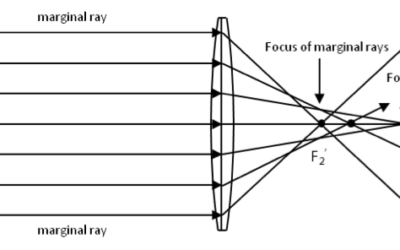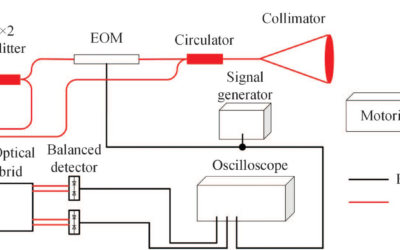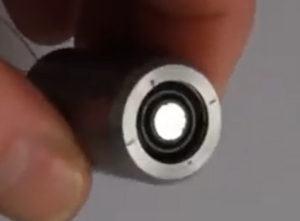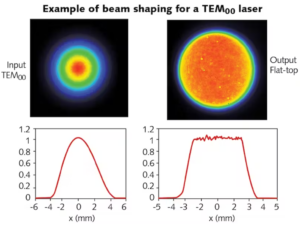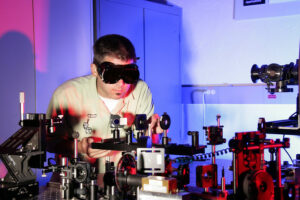Simulating any optical system in Zemax is a fundamental part of our optical design process. Among many reasons, we simulate in Zemax so we can evaluate the optical performance, whether in terms of aberrations for imaging systems or power efficiency for non-imaging systems.
There are situations however in which a purely optical simulation is not enough. A classic example was the design and constructions of the Vdara Hotel & Spa in Las Vegas. In 2010, guests and staff raised concerns about the high temperatures near the pool. How high? Enough to burn bags and give 3rd degree burns.
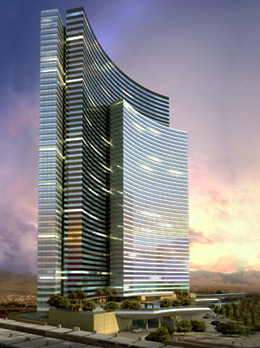
Curve surfaces covered with reflective elements
A first look at the hotel may give us an idea of the problem. A tower 170m high with more than 4000 mirror panels cover in a concave configuration. The problem cannot be fully explained by optics alone. The sunlight reflected off the hotel surface will increase the temperature of the mirror panels to a point where they will begin to expand. As they expand, their optical behavior will change. Depending on the time of year and sun inclination, the mirrors’ deformation will be different, and in turn, the heat spots on the pool will change.
As optical engineers, we tend to focus on only the system’s optical behavior. That’s our expertise and what our tools are designed to analyze. In the case of the Vdara hotel however, we had a perfect mix of heat, mechanical deformation, and optics that caused what is called as Vdara’s “Death Ray”. So, how can we count all these variables into a single simulation? How do we optimize? Welcome to the world of multiphysics simulations.
Multiphysics simulations help us create a more complex simulation in which we can include the mechanical stress due to expected loads, or the changes in conductivity of semiconductors due to increases in temperature. In optics, we can simulate birefringence which is a change of modes due to mechanical pressure. In the case of the Vdara hotel, we would do what is called a STOP Analysis (Structural, Thermal, and Optical Performance Analysis). STOP analysis estimates the thermally-induced performance degradation of an optical system: we are usually concerned about the optical elements surface deformation and structural fatigue. A complete and thorough analysis requires expertise in 3 disciplines: 1) Thermal design/analysis, 2) Structural design/analysis, and 3) Optical design/analysis.
STOP analysis is required if your application can be affected by structural deformation caused by temperature gradients. Observation satellites, telescopes at high altitude, and luxury hotels in Las Vegas are just some applications.
There are software available that can help perform these multiphysics simulations. The most popular ones are perhaps COMSOL and Ansys. If you are looking for open source options, Kratos and Elmer are available options (the author has experience with only COMSOL and has no personal experience with the other software for comparison).
As always, every software has advantages and disadvantages. We usually work with COMSOL, but their CAD tools are not ideal (especially if you have experience working with Solidworks, or Fusion 360), but it’s possible to import your CAD files into it. Although COMSOL has a ray optics module, we still prefer to work with Zemax or OSLO.
So how did the Vdara hotel solve their problem? Umbrellas, big, huge blue umbrellas for their guests.

